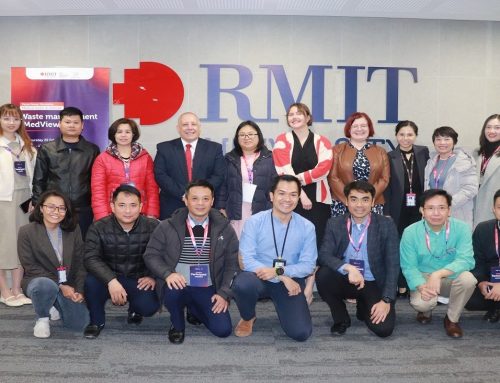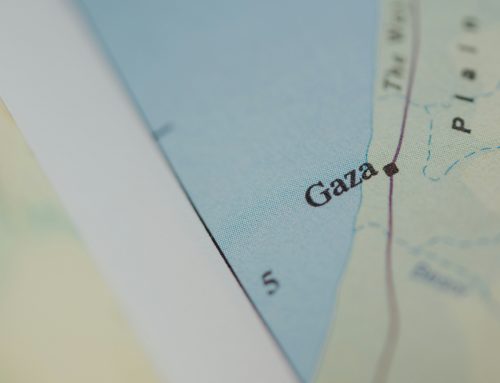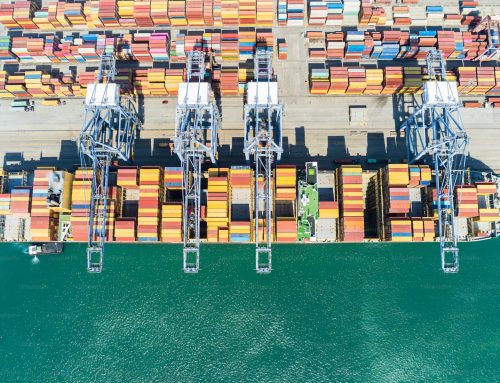Sonja Saari
Doctoral Researcher at the HUMLOG Institute
Cold chain logistics is part of our everyday life. If you buy a frozen pizza from a grocery store, there is cold chain logistics behind it. If you drink a milkshake at a restaurant, there is cold chain logistics behind it. When you got your COVID-19 vaccines, cold chain logistics played a part in you getting it.
Cold chains are temperature-controlled, end-to-end supply chains that are needed for keeping perishable and sensitive products, such as chilled and frozen food, chemicals, and pharmaceutical products, at their required temperature from manufacturing until point of administration. Cold chains include a network of actors, processes, and equipment needed throughout the supply chain to keep the products from degradation, to minimize waste, and to ensure the products’ safety and effectiveness. A considerable amount of energy is needed for running a cold chain without disruptions. Maintaining a cold chain is challenging, and the logistical activities are vulnerable to a myriad of shocks.
Now, imagine a situation just after a huge earthquake has hit, like the one in Syria and Turkey on 6th February 2023. There is chaos and danger everywhere, infrastructure around you has been damaged, people and animals are hurt and in need of medical help. Following a disaster, emergency medical assistance is vital, often provided by the local government and entities with the help of humanitarian organizations. For this, humanitarian medical cold chains (HMCCs) are needed: to deliver medicines and vaccines to the disaster area. But how can HMCCs’ continuity be ensured if the cold chain infrastructure – transportation possibilities, storage capabilities, and constant access to energy sources – is limited, unsecure, or even non-existent? The level of challenges maintaining a cold chain increases considerably in disaster settings.
The solution often lies with fossil fuel-centric energy services, namely diesel or kerosene generators. They are quick to set up and fit to various contexts. The priority is to respond to the disaster as fast as possible with the available resources. This commonly includes fossil fuels. However, these generators are environmentally unsustainable, expensive, unreliable, and often run ineffectively. A range of disturbances inflict secure energy access for fossil-centric HMCCs, including scarce grid connections, irregular power supply, fuel shortages, fuel quality, as well as fraudulent fuelling practices. Despite the issues with fossil-centric energy, HMCCs rely mostly on such services. At the same time, humanitarian operations’ environmental impact has started to be of concern, in which energy plays a crucial role. Nevertheless, in emergencies, a ‘green mindset’ is not a priority.
My publication “Enhancing the environmental sustainability of emergency humanitarian medical cold chains with renewable energy sources” taps into this dilemma. It reviews the opportunities for, and barriers to, increasing the of renewable energy sources (RESs) in emergency HMCCs, thereby enhancing their environmental sustainability. The empirical evidence was collected through ten interviews with specialists and practitioners in the humanitarian sector. In addition, secondary data from public guides and handbooks for cold chain management complements the empirical data.
The results underscore that while RESs are a desirable choice for enhancing sustainability, their use is not systematically considered. At first, their use can gradually start from the stable and long-term settings, and only be considered in emergency settings once reliability and cost-effectiveness have been proven. RESs capacity to facilitate the powering for emergency HMCCs would have to overcome barriers such as availability of funding, lack of resources and a change in mindset from thinking about environmental sustainability as an external, additional layer towards viewing it as an embedded parameter.
RESs powering HMCCs come with many opportunities, leading not only to immediate and long-term CO2 emissions reductions, but also to resilient HMCCs responding more reliably to disasters, as well as rebuilding the local area in a climate-resilient manner. The proportional increase of RES is not, however, black and white, and there is no ‘one solution fits all’ -design. Thus, during the awareness building and transitioning to sustainable energy, a hybrid model combining both fossil fuel and RES is most advantageous to ensure energy security in emergency settings.

Sonja Saari is a doctoral candidate focusing on medical cold chains in humanitarian operations, with a specific emphasis on the sustainability and resilience of their energy services. Her recent publication, linked in article, discusses opportunities and barriers for increasing the use of renewable energy source sin emergency humanitarian medical cold chains.




